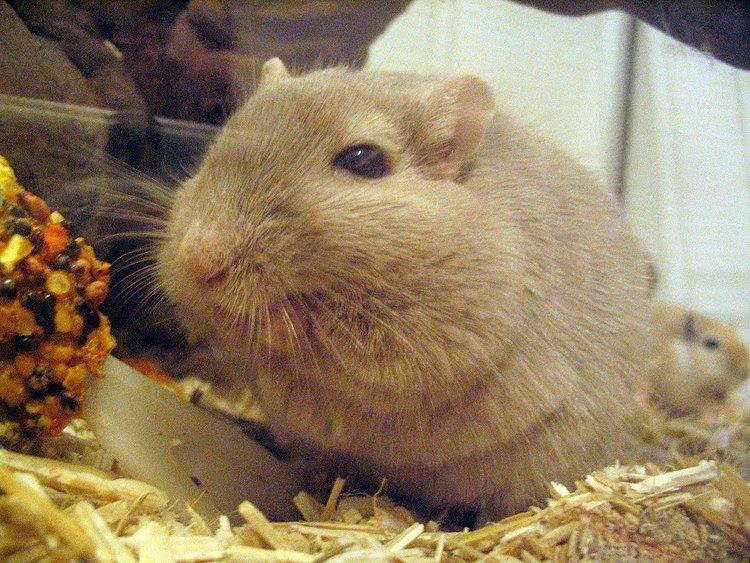 | ||
Obesity in pets is common in many countries.
Contents
Causes
Obesity in pets is usually due to excessive food intake or lack of physical exercise. In wealthier countries, many can afford to give their pets excessive amounts of food. Owners view food as a way to reward and treat their pets, which contributes to their overeating habits. Modern day pet foods are a higher quality food, and some pets are prone to gorging themselves to the limit of their stomach capacity, a behavior developed through evolution. In addition, pets, especially dogs, are often not allowed to free roam as they did in the past. Pets confined to a house or small yard, or who are not regularly walked or played with, are more prone to obesity.. Research conducted by the Waltham Centre for Pet Nutrition and others has established safe weight levels and strategies for maintaining healthy body mass in cats and dogs.
The risk of obesity in dogs but not cats is related to whether or not their owners are obese.
One study in cats has shown that surgical sterilization of animals increases the chances of the pet becoming overweight.
Management
Weight management has two steps: weight loss and weight maintenance. In the weight loss phase, energy intake from food must be less than the energy expended each day. Achieving weight loss in cats and dogs is challenging, and failure to lose weight is common.
Medical treatments have been developed to assist dogs in losing weight. Dirlotapide (brand name Slentrol) and mitratapide (brand name Yarvitan) were authorized for use in the EU by the European Medicines Agency for helping weight loss in dogs, by reducing appetite and food intake, but both of these drugs have been withdrawn from the market in the EU. The US Food and Drug Administration approved dirlotapide in 2007. However, concerns have since been raised since 2010 about adverse effects that might more strongly affect particular breeds.
Possible outcomes
Obese dogs and cats have a higher incidence of arthritis, heart disease, and possibly urinary tract infections.
Epidemiology
In the United States, the prevalence of obese or overweight adult dogs is 23–53%, of which about 5% are obese; the incidence in adult cats is 55%, of which about 8% are obese.
In Australia, obesity is the most common nutritional disease of pets, with about 8% of dogs visiting veterinary practices being obese.
Society and culture
Multiple pet owners have been prosecuted for cruelty to animals due to their dangerously obese dogs. Two British brothers were cited in 2006 for cruelty and neglect of their chocolate Labrador retriever, "who was allegedly made so obese by his owners that he 'looked like a seal' and could barely waddle a few steps". Cats have also been found to suffer from morbid obesity.
In the US, National Pet Obesity Awareness Day is in October.
